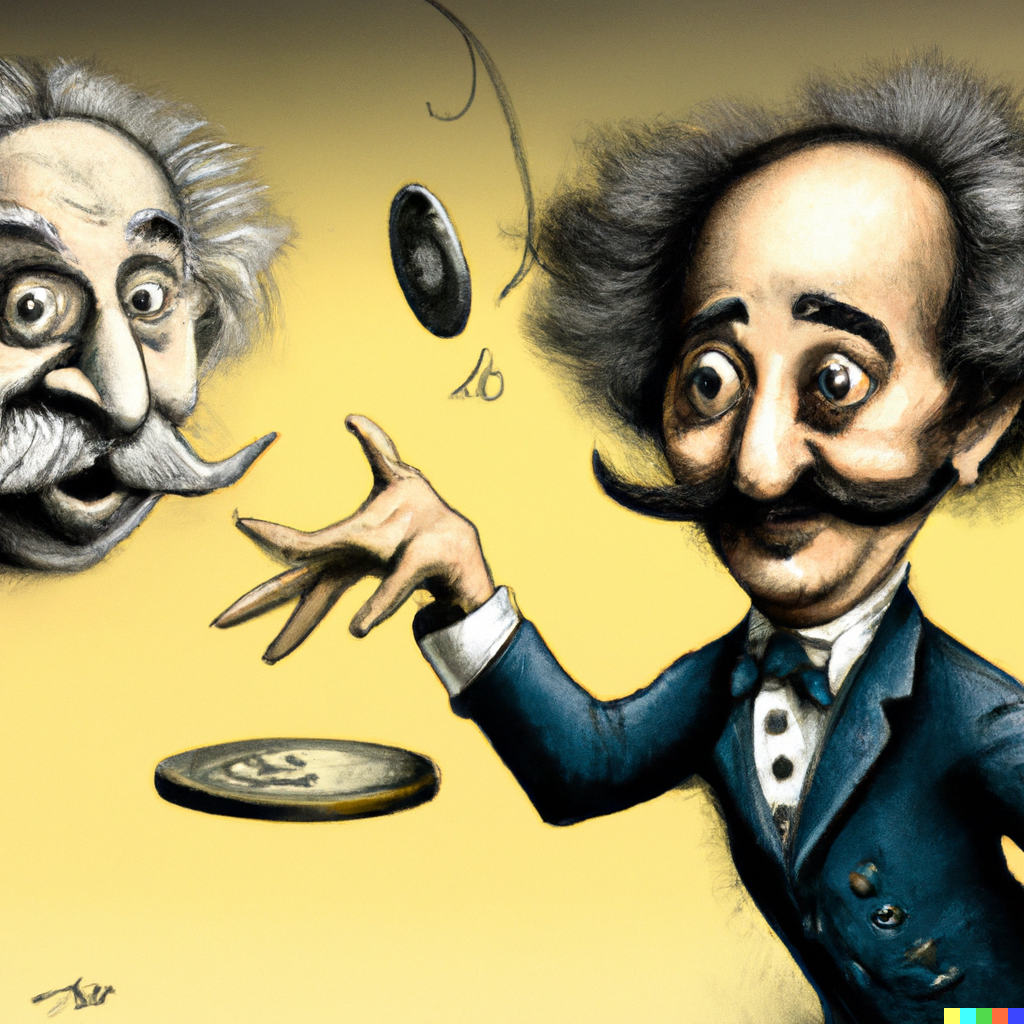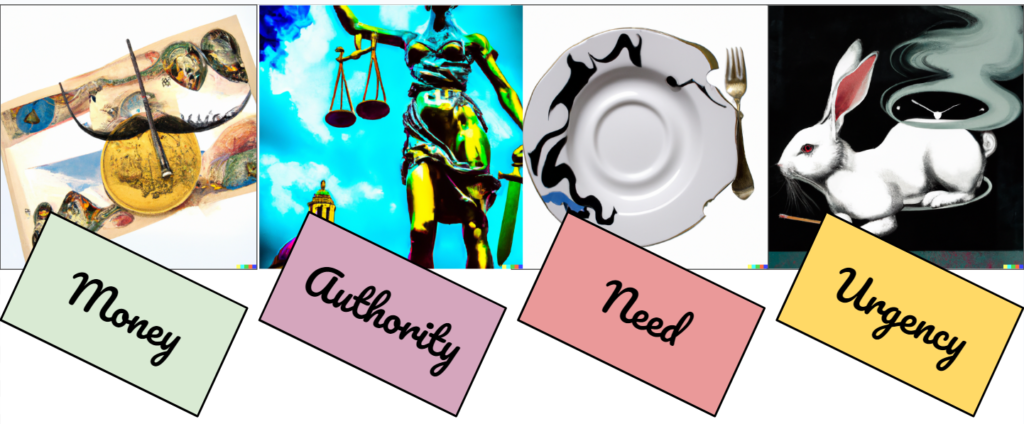Old Dogs and New Tricks: The Monte Carlo Forecasting Journey
Reflection…
In my mind, I’m still that mid 30’s thrusting executive, breaking new ground and contributing to the accelerating pace of corporate transformation. But the mirror doesn’t lie! I’m well into my 60’s, my suits seem to have shrunk over the years and my career is fast disappearing into the distant past. Thus, when my old friend PBS reached out for some advice about selling cars, I was very happy to assist.

During our conversation, I discovered his latest innovative business is one that evolved from training military veterans to solve complex problems with code. Intrigued, I found myself immersed in webcam-based coding lessons to learn more. In a matter of weeks, I was navigating lists of dictionaries like a pro, (friends will know I’m prone to slight exaggeration). Halfway through a session, Peter posed a question: “What do you know about sales forecasting?” “It’s my specialty,” I proudly replied. He presented me with a spreadsheet full of company names, project titles, potential income with estimated likelihoods of success and asked me for a sales forecast. Eager to demonstrate my skills, I promptly pinged it back – YES, a single number! Little did I know that this exercise would lead me down the path of statistical enlightenment.
Statistical enlightenment

In response, Peter invited me to read the “Monte Carlo or Bust” blog in which he describes a statistical technique using random sampling to simulate outcomes. This method was crucial for one of his previous businesses, as many families’ livelihoods depended on the plausibility and accuracy of his forecasts and cashflow projections to the bank at that time.
The blog explains that a single forecast number is no more reliable than a coin toss, whilst by contrast, multiple variations are too complex for many corporate boards, who are likely to prefer a specific prediction from their Sales Director, (holding them accountable each month to an ‘Achieved/ Not Achieved’ outcome). However, this different approach provides the board with a much more nuanced picture, from which they can plan for various eventualities according to likelihood.
Boardroom tactics

In my own experience, when they are behind budget sales leaders tend to focus on convincing the board they can make up the shortfall by presenting a credible plan to bridge the gap.
(And those plans can lack substance when subject to detailed scrutiny. They are all about the catchup to an arbitrary number, decided upon circa eighteen months ago, by a board who at that time were not privy to knowing today’s economic and market realities).
What sales leaders rarely do is present a range of likely statistical outcomes based on current trend and then inform the board of how they intend addressing these permutations as reality emerges.
Conviction in prediction

As my coding skills improved I became obsessed with ensuring a common set of rules to be adopted by the sales team in assessing each prospect’s ‘likelihood of success’ . Front line teams need a process that’s easy to remember. I recommend MANU (Money; Authority; Need; Urgency), i.e.
- Does the prospect contact have… the money – (i.e. the budget) for this project specifically? It may seem like a faux pas to ask so blatantly at the initial discussion, but why waste time? Insist on mutual respect from the outset!
- Do they have the authority to spend, (or is there someone else further up the chain of command that we should be dealing with?)
- Does the company really need this product or service?
- How urgently do they need it? (Or is there something else, which is slightly more urgent, and may take priority at the sign off stage).
These four critical aspects of purchasing decisions should be at the forefront of the sales person’s mind and the acronym is easy to remember, (even for non-football fans!).
Yeah, but is it a mirage?

Also, sitting behind this we developed an ‘Assessment template’ for senior managers to really drill into the detail of what makes this forecast truly believable. Remember, the best salespeople are so convincing they actually believe themselves! (I remember a pivotal moment in my career when I realised that a challenging objection wasn’t coming from the customer – it was coming from the salesperson’s preconception of the customer!)
Our Assessment template is based on historic performance factors. Confidence in the initial assessment adds accuracy to the sales prediction, (and boy! do we Sales Leaders need a tool capable of accurate prediction!)
Canine clairvoyance

Learning Python was a language challenge for me. I tackled lists, dictionaries, functions, f-strings, ‘If’ and ‘Else’ statements, Flask, and Bootstrap.
With Peter’s encouragement my coding skills evolved and my forecasting logic improved. I even learned how to create visuals using AI and therefore free of potential licensing challenges!
Now, proud of the “Old Dogs Monte Carlo Forecasting Tool”, I just need to find a useful application for it.
If you’re interested and don’t have a canine clairvoyant to predict your future sales scenarios, get in contact! We can run the program, create a graph illustrating the range of potential future outcomes (highlighting the most likely) and put into perspective the salient risks and opportunities of your enterprise.
Mapping your future

I’m amazed that in just six months, an old dog like me learned to map something as complex as this.
And on a broader basis, if you’re facing organisational stress due to transformational events and believe AI developers can help, but don’t want to get tied into expensive long term contracts with global SaaS organisations, feel free to reach out for a ‘no obligation’ discussion, or contact Peter direct via https://www.dt-squad.com
Either way, these old dogs will be happy to help.
Alan Maloney
Life long learner (including python!), automotive enthusiast, experienced strategist, transformation leader and sales director
![]()
Other blogs by Alan
None yet
Blogs by other authors:
- Sign here…
- Legacy Applications – How did we get here and what can we do?
- From Stubble to Squad Goals: Our Mo-numental Mo-vember Mo-arvel!
- Learning a Foreign Language vs. Learning to Code: What’s the Difference?
- Solving complex problems through code – and nature!
- In it together – why employee ownership is right for us
- Needles and haystacks or…
- The Case of Rev. Bayes v The Post Office
- Lighting a fire – Our first annual review…
- Helping Mine Detectors learn to use their equipment correctly
- How many?
- Finding defects with AI and computer vision
- Portfolio: Rachel – Photo Editing
- Portfolio: Luke – Hangman
- Portfolio: Will – Gym Machines
- Portfolio: PBS – Neural Net for Hand Written Digits
- CS50 – Harvard’s Open Computer Science Course
- What is a neural net anyway?
- Values Driven Business
- All things come to those that wait…
- Monte Carlo or Bust!
- What is business agility? And why should I care?
- Are values in business our fair weather friend?
- Lessons in life from an ai agent
- Five tools for innovation mastery
- Value for money
- Award entry for European CEO Magazine 2017
- Darwin and The Travelling Salesperson
- What is this DevOps thing?


